Matters needing attention in the proportion of espresso extraction time espresso Coffee production method Taste characteristics
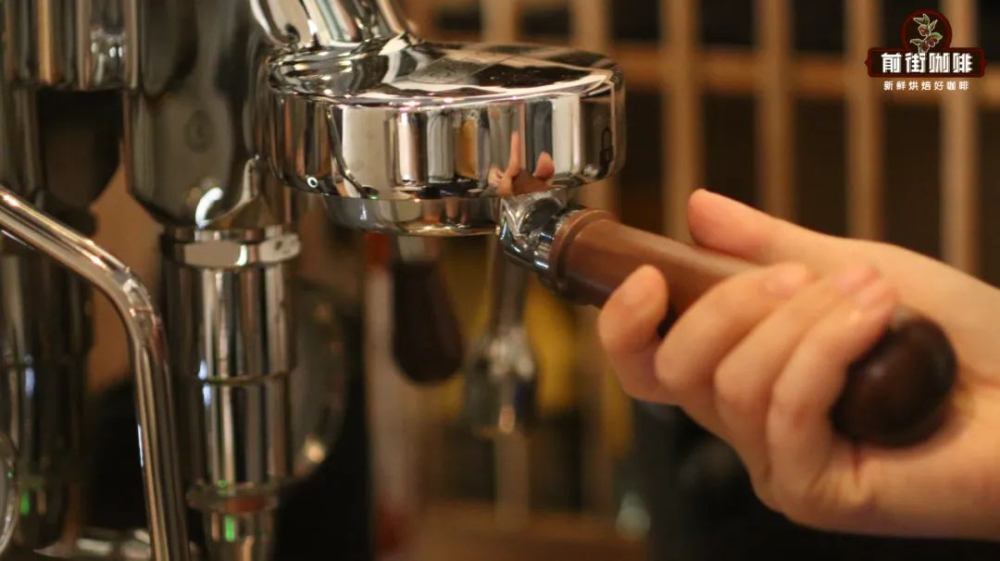
Espresso ESPRESSO was invented in Italy. Since the beginning of the 20th century, this method of making drinks using steam pressure has been successfully commercialized and has become a popular way of making coffee today.
Extraction principle of Italian Coffee
When we brew coffee in any way, the purpose is to release the positive flavor substances from the coffee through water, so as to get a delicious coffee liquid. Coffee beans are made up of a variety of substances, 30% of which are soluble in water, such as fruit acid, caffeine, oils, carbohydrates and so on. Among them, only about 20% of the aromatic small molecules with positive taste will be released first, while the remaining large molecules with woody and bitter taste will take longer to extract. So the barista's job is to adjust the corresponding parameters to extract more high-quality ingredients from the coffee.
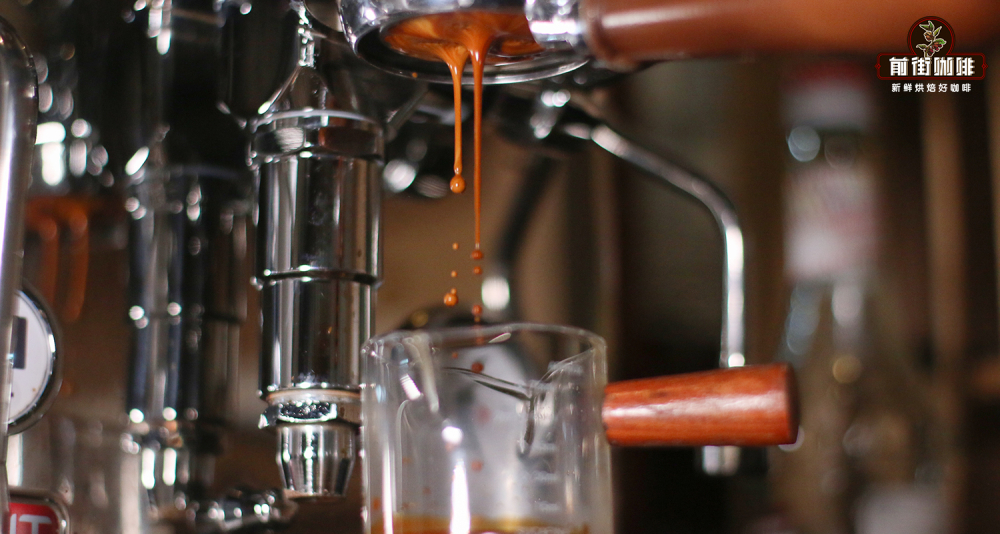
Espresso (Espresso), developed by the Italians in order to extract an espresso in the shortest possible time, uses steam pressure to squeeze the coffee pressed powder in dozens of seconds to obtain the soluble aromatic components. Because of such a short extraction time and ultra-high pressure environment, the concentrated flavor is stronger. If you want to get a good cup of concentration, you need to be more rigorous in the operation, and the parameters of each influence need to be considered.
There are many factors that affect the flavor of a coffee bean to a cup of coffee liquid, including grinding degree, boiler pressure of coffee machine, water temperature, filling strength of cloth powder, powder quantity, extraction time, extraction liquid weight and so on. Usually, the pressure and water temperature of the coffee machine will be set and will not be changed easily. Cloth powder and filling strength will be controlled according to the habits of baristas. The four major factors used to adjust the extraction in daily life are powder quantity, time, liquid weight, and grinding degree.
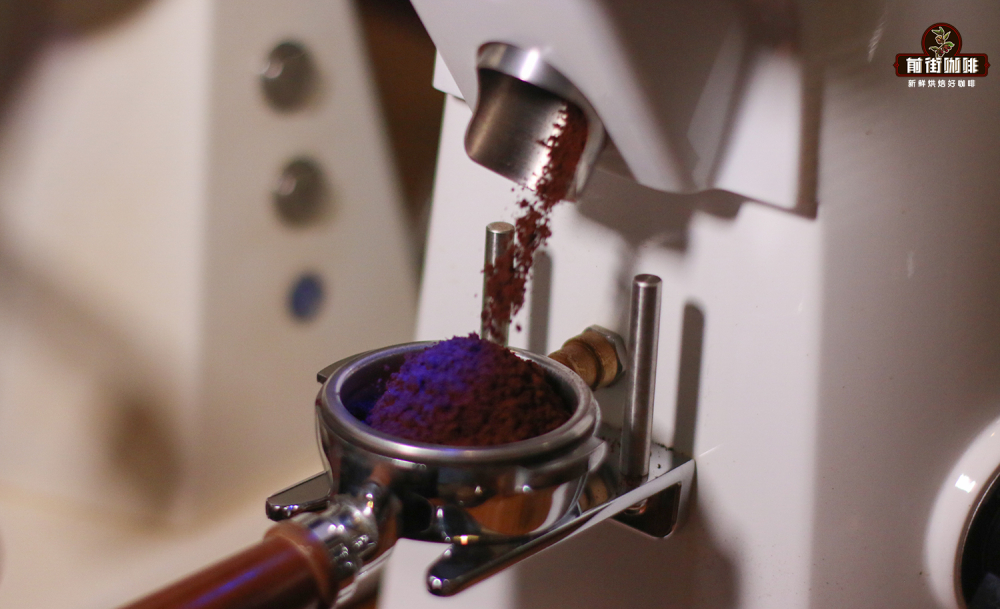
Grinding degree
The thickness and uniformity of grinding are the most important factors affecting the flow rate transition between each cup of espresso. With a difference of only 1 gram of powder, the exhaustion time used to extract the same amount of espresso liquid will vary by several seconds. When the particle size of coffee powder is uneven, the resistance of water passing through the place with high density after packing is greater, and the distribution of extraction becomes inconsistent. Grinding will directly affect the flow rate, time and flavor of coffee liquid.
Powder-liquid ratio
The ratio of the amount of powder to the weight of extraction liquid is what we often call the ratio of powder to liquid, which is a more intuitive extraction parameter. The amount of powder depends on the capacity of the powder bowl model in the handle, which is divided into two parts: double and single. For example, the coffee machine in the front street store uses two portions of 20 grams of coffee powder, which should be adjusted up and down on the basis of this parameter (accurate to 0.1 grams). Since the ratio of powder to liquid is not fixed, the output of coffee depends on the performance of coffee flavor.
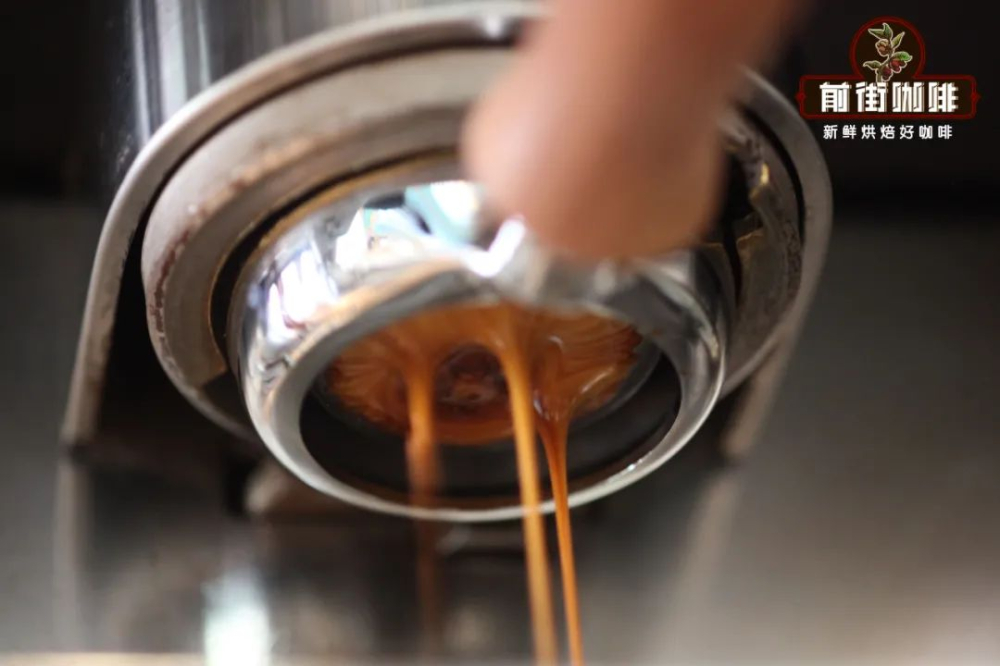
In the past, baristas had no exact weight and would directly observe the color changes of the oil to determine the amount of liquid. When the liquid first came out, it was dark brown and relatively rich, and over time the color turned to golden yellow, and then to light yellow. Generally, the whitening of the oil extracted means that the extraction needs to end. However, the current Italian concentrated extraction standard is more stringent, summing up more stable data, and the powder-liquid ratio also tends to a fixed reference value of 1:2. For example, Qianjie stores will use 20 grams of coffee powder, and the extract weighs 40 grams.
Extraction time
Time will be affected by grinding, powder quantity, coffee powder uniformity and other factors, but also affect the flow rate and the ratio of powder to liquid. In general, the extraction time of Italian coffee is between 25 to 30 seconds. In the case of determining the ratio of powder to liquid, the shorter the extraction time is, the faster the flow rate is, and the less coffee substances are dissolved; the longer the extraction time is, the slower the flow rate is, the more coffee substances are dissolved. Under the same ratio of powder to liquid, the extraction time can only be changed by adjusting the grinding degree and powder amount of coffee.
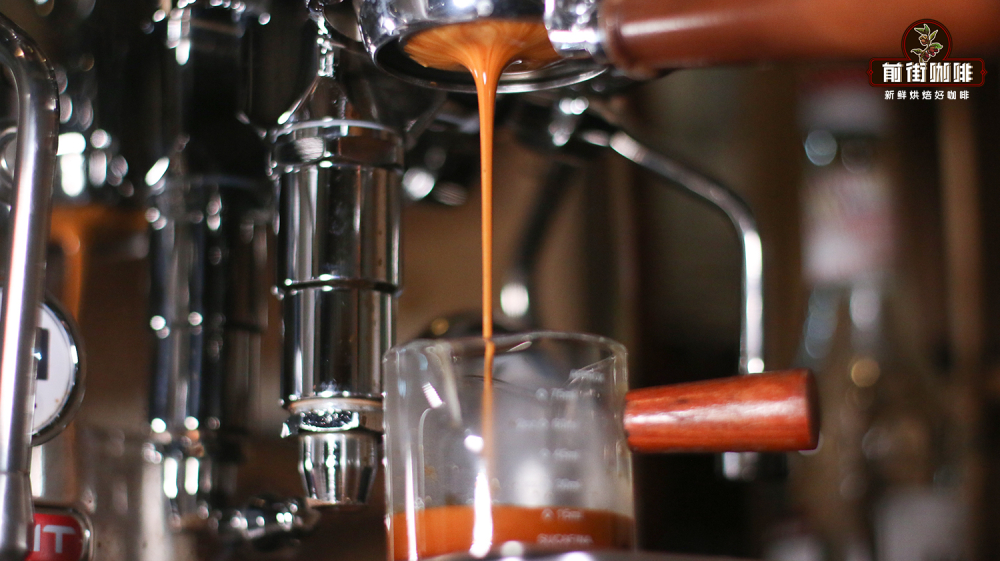
In daily extraction, if you want to control the concentration and extraction rate in the ideal range, baristas usually judge according to the flow rate and taste of espresso, and then adjust the grinding degree and the ratio of powder to water. For example, under the same extraction ratio, espresso appears bitter and other negative flavor, but the concentration is moderate, which may be too long to lead to the bitter taste of extraction. The general solution is to thicken the grinding degree to speed up the flow rate. When the espresso taste is light and the concentration is low, which may be due to insufficient extraction, you can enrich the taste by adding powder or fine grinding.
What other operational details need to be paid attention to?
The above parameters are constantly changing with the extraction state, we need to pay more attention to and summarize the adjustment direction brought by the extraction variables in order to better get the high quality flavor of the coffee in the pinch cup.
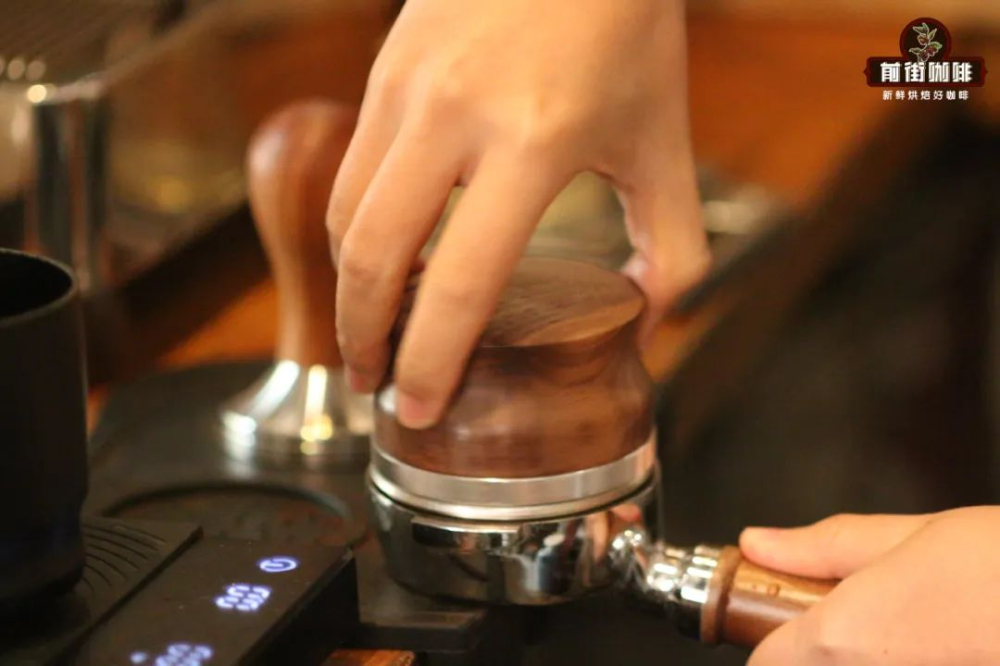
No matter which barista wants to extract to get a cup of high-quality Italian concentrate, every action must be neatly pinched in place, the cloth powder must be uniform, the powder pressing strength must be stable, if the pressure is too low or the powder layer is uneven, it will lead to uneven extraction. Button into the handle need to be at an angle, if you hit the coffee machine easy to break pressed powder, resulting in a channel effect, the taste becomes difficult to swallow.
After the coffee is extracted, some coffee residue will stick to the water distribution net, and if it is not cleaned, it will be dried by the high temperature of the boiling head, and the coffee residue will affect the flavor of the next cup of espresso. Therefore, Qianjie suggests that we should form a habit: after the extraction is completed, take off the handle and release water to wash the powder net.
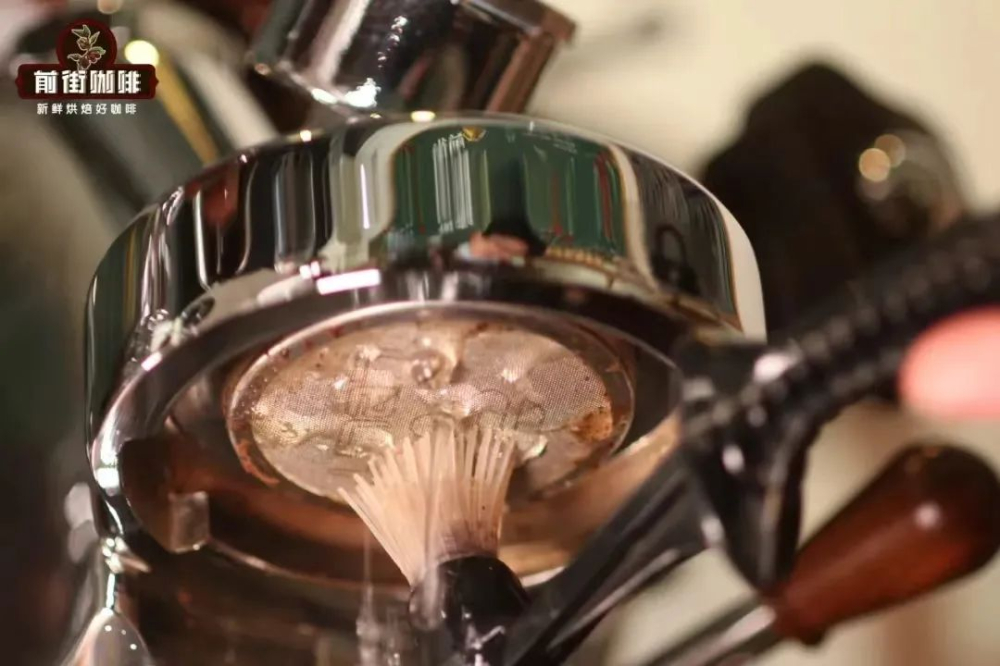
Recommendation of Italian coffee beans
Due to the fine grinding, high water temperature and high pressure extraction of espresso, espresso converges a variety of flavors, and various flavor compounds hit our tongues exponentially. Therefore, if we use lightly roasted single coffee beans for extraction, the taste may be too strong to mask the aroma of the coffee. As a kind of crop, coffee will change with climate and soil, even if it comes out of the same place, the flavor of each batch of coffee beans will be different, and the blending of coffee beans uses a way of learning from each other. to ensure that each coffee bean can show a balanced and stable aroma and taste.
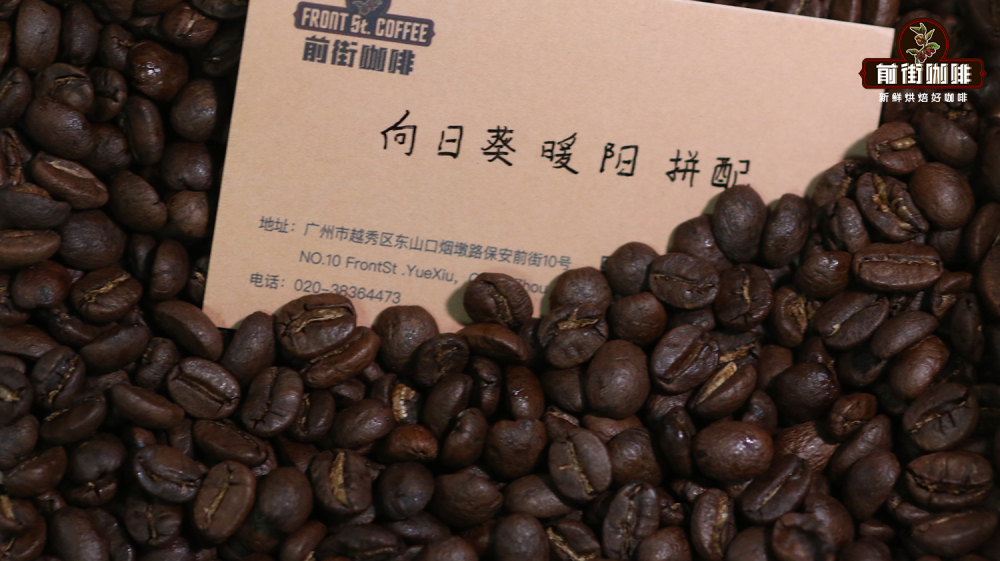
Qianjie recommends the self-baked "sunflower warm sun mixed coffee beans" in Qianjie, which is made of Ethiopian sun red cherry coffee beans (30%) and Honduran sherry barrel coffee beans (70%). The entrance of Italian espresso is very rich dark chocolate flavor, with a strong aroma of caramel, the aroma after swallowing is memorable. Both American coffee diluted with water and latte with milk are rich in aroma and taste.
A freshly made espresso is covered with a thick, dense golden foam called crema. This is the result of bubbling of carbon dioxide produced by freshly roasted coffee beans under high pressure in the coffee machine. Crema is not only full of aroma, but also a prerequisite for us to make milk coffee flowers. In order for everyone to drink fresh and fragrant coffee and enjoy the most complete taste stage, Qianjie only delivers freshly roasted coffee beans within 5 days.
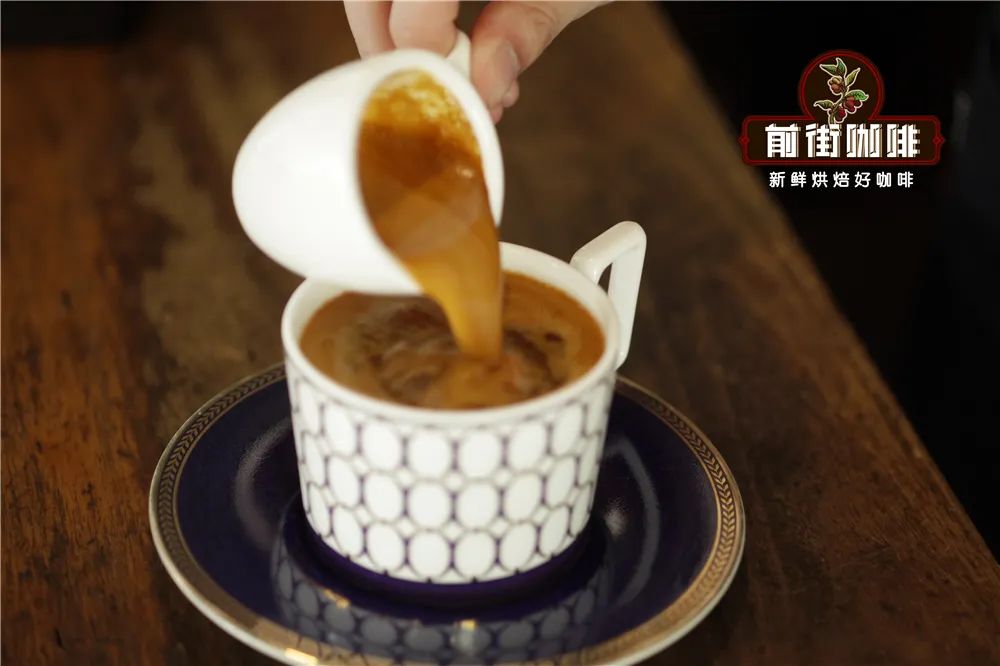
Professional coffee knowledge exchange more coffee bean information please follow the coffee workshop (Wechat official account cafe_style)
For more boutique coffee beans, please add private Qianjie coffee on Wechat. WeChat account: qjcoffeex
Important Notice :
前街咖啡 FrontStreet Coffee has moved to new addredd:
FrontStreet Coffee Address: 315,Donghua East Road,GuangZhou
Tel:020 38364473
- Prev
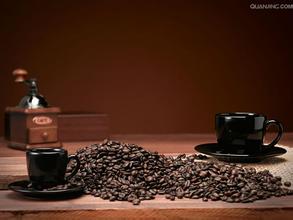
Is espresso blended before baking?-introduction to espresso
Is espresso prepared before baking? in 1992, the second generation of Italian coffee managers commissioned architect Matteo Thun to design a set of white coffee porcelain cups, which gave birth to a series of popular Italian coffee cups. Every year Yili invites modern artists to work together to design the annual collection cup. Despite the ever-changing exterior decoration, the cup itself is always strictly followed.
- Next
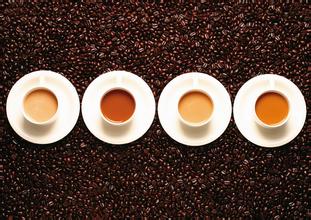
Structure diagram of Fuji coffee roaster-introduction of baking degree
Structure diagram of Fuji coffee roaster-introduction of baking degree. Although these are not very sophisticated professional models, as long as they are handled properly, the roasted coffee beans are still mellow. 1. Direct firing: ceramic roaster or pan direct fire appliance is the simplest. It can be a pan or a long handle ceramic roaster made in Japan. The ceramic roaster is closed and has the effect of stewing.
Related
- Beginners will see the "Coffee pull flower" guide!
- What is the difference between ice blog purified milk and ordinary milk coffee?
- Why is the Philippines the largest producer of crops in Liberia?
- For coffee extraction, should the fine powder be retained?
- How does extracted espresso fill pressed powder? How much strength does it take to press the powder?
- How to make jasmine cold extract coffee? Is the jasmine + latte good?
- Will this little toy really make the coffee taste better? How does Lily Drip affect coffee extraction?
- Will the action of slapping the filter cup also affect coffee extraction?
- What's the difference between powder-to-water ratio and powder-to-liquid ratio?
- What is the Ethiopian local species? What does it have to do with Heirloom native species?

